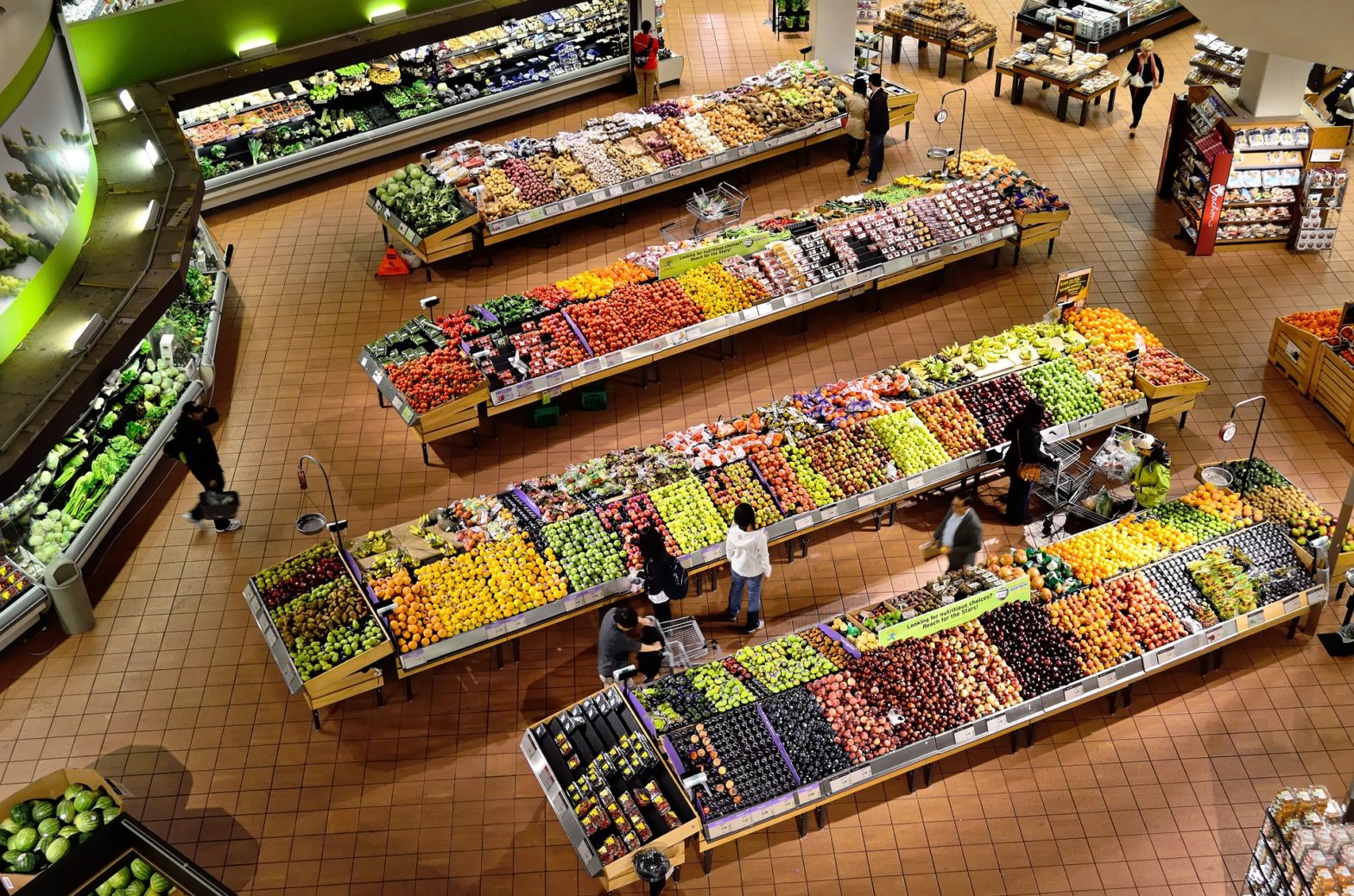
For now, our focus is still on the food supply chain and how we are eating, spending our money on food and takeout. In the immediate future, will what we are eating change? Will online grocery shopping increase? In the longer term, how will the food system change? What will school meals and eating out look like? Cue up the crystal ball…
Food now…a snapshot
**Charting the spread of COVID-19 in the food system looks at what states have seen food processing/farm worker COVID-19 outbreaks. Iowa, Nebraska and North Carolina are the states with the most meat-packing workers who have contracted COVID-19. Meat-processing plants aren’t the only ones being affected by the pandemic as this article notes as New York and California sees Coronavirus outbreaks in fruit/vegetable packing plants.
**New app estimates the potential lost food production due to COVID-19. The app, a collaboration of Microsoft and Purdue University, provides county data for beans, hogs, cattle, chickens, wheat, rice and vegetables. The article cites some drawbacks of the data that the app is based upon yet it provides one way to look at agriculture during the pandemic.
**Kroger shares numbers from its data science and analytics unit: 51% of customers say they are cooking/baking more now as compared to before the pandemic and 45% say there’s been no change; 46% say they are snacking more throughout the day; 40% say they are eating more comfort/indulgent foods and 40% say they are buying more packaged foods. An Ameritrade survey of adults 24+ years old found Americans spending more on food during pandemic: 57% say they are spending more on groceries, 33% say they are spending more on takeout food. And about 1/5 of millennials say they are saving money by cooking at home. April Consumer Price index data saw the biggest increase in grocery prices in almost 50 years.
**Costco to bring back food samples in mid-June but Costco won’t yet share how food samples will look then as compared to before the pandemic other than to say ‘no picking up open sample with your fingers.’ Stay tuned for the big reveal…
**Alternative food resources: Pandemic EBT provides flexibility for students to receive an EBT card equal to the value of free/reduced breakfast and lunches for weekdays when schools are closed during the pandemic and Farmers to Families allowing firms to deliver foods to food banks and similar venues so that food dumping would be avoided.
Food tomorrow…
**The pandemic has seen more consumers who have moved to on-line grocery shopping and it is anticipated to grow 40% in 2020. Will this continue?
**Our diets are changing because of the pandemic, is it for the better? Time Magazine notes that making food at home may not mean more healthful eating especially if more processed foods are used. An assistant professor at the University of Michigan’s School of Public Health is conducting a national survey of low-income adults to understand how the pandemic is affecting their eating behaviors and food choices.
**SNAP online grocery shopping…More states are rolling out pilots. These projects mean that more than 90% of low-income households receiving SNAP could have access to buying online groceries. Note: delivery fees cannot be paid with SNAP benefits. An interesting look at the online grocery shopping knowledge, attitudes, and behaviors among 18 SNAP participants in New Mexico was conducted in March – May 2918 and reported in the Journal of Nutrition Education and Behavior. The project found skepticism regarding grocery delivery fees and trust in the quality of perishable foods such as fruits and vegetables). Interestingly, some focus group participants mentioned that they enjoyed the experience of shopping and considered it a family experience. (With regard to product quality especially perishable food, a recent report shared that 72% of shoppers prefer to buy fresh fruits and vegetables and meats in the store).
**5 ways that Coronavirus will shape the way we eat cites recent predictions and surveys: 1) a resurgence in home cooking; 2) healthy/organic foods rise in importance; 3) new scrutiny on food safety; 4) less interest in unfamiliar foods; and 5) a focus on local foods. Other trends include continued use of delivery, pickup/curbside food.
**How will farms and restaurants emerge from the Coronavirus? sees more sustainability, a rethinking of local food systems including hyper-local approaches and a new appreciation of where food comes from.
**COVID-19 will permanently change consumer behavior. (Full report – 34 pp.) How so? This April report of changing consumer behavior due to COVID-19 found a return to basic needs and an acceleration of drivers of health such as buying local, more conscious consumption and a focus on health. Consumers expect their shopping habits to change permanently with limiting food waste high on their list.
**A food system awakening? might include custom slaughterhouses and the development of local delivery systems to link local farmers to customers.
**The future of eating out in Hong Kong may look a bit like what it looks like now in your area when eating out (masks, physical distancing, temperature checks, disposable menus) but also includes some questions posed to customers as well as time limits for eating.
Some unique food snapshots…
**Connecticut 4-H’ers bring excess milk to schools, food banks/pantries and human service agencies and
